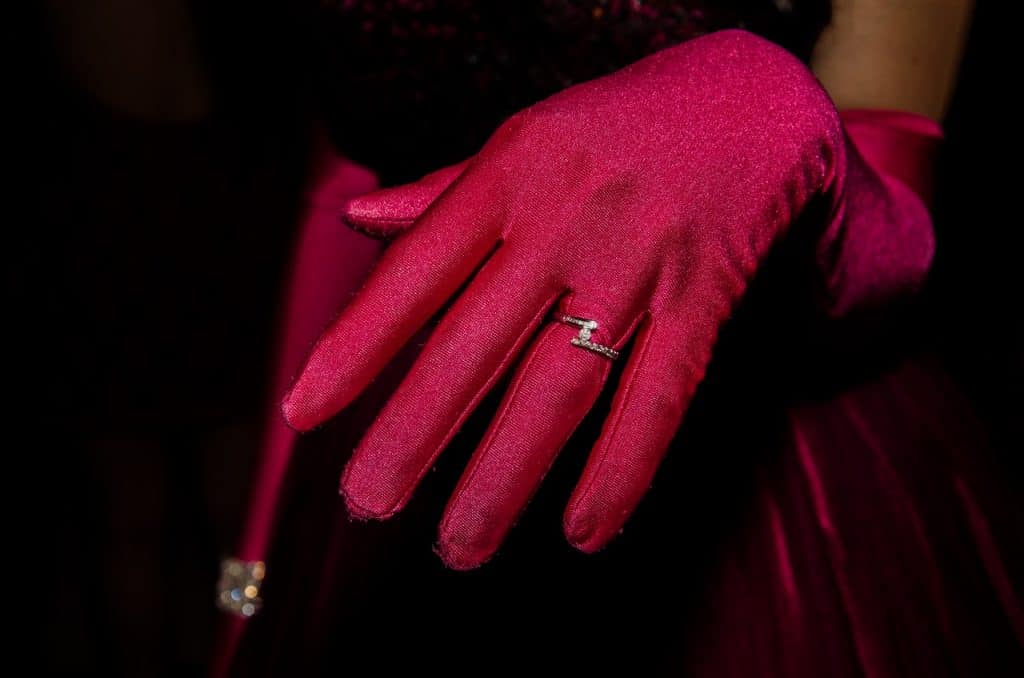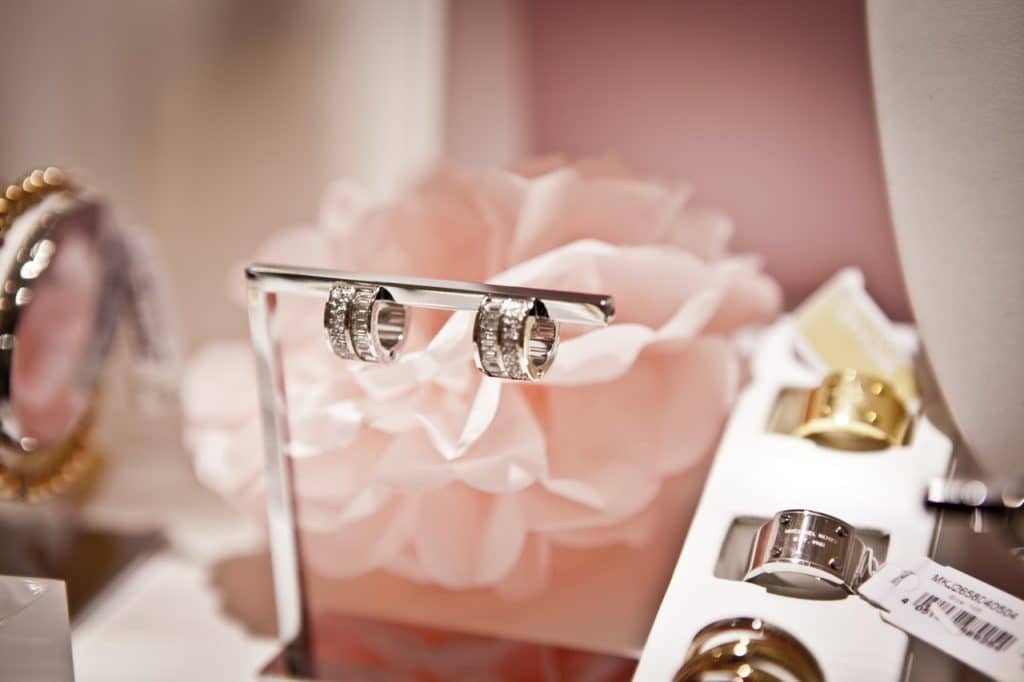
How Diamond Prices are Calculated
Diamond prices are based on the 4 C’s of diamonds, most importantly the carat size and cut of the diamond though the clarity and colour of the diamond play an important factor as well. If your original preferred qualities don’t match your match, you may need to adjust them slightly.
Often, the best way to get the ideal priced diamond for you is to work with a jewellery professional.

Incorporating the 4 C’s into Diamond Prices
No matter what, diamonds are measured and priced by the carat, and popular cuts like .50 carat, 1 carat, or 1.5 carats are more expensive than if you purchased a diamond that weighs .97 carat, which is just shy of a traditional carat. Brilliance and clarity, as well as a near perfect white diamond also increase the price of diamonds.
Carat Size and Diamond Cut
Diamond prices are often influenced by emotions and traditions, as well as the carat size. Therefore, that .97 carat diamond you spotted is only 1 percent costlier than a .96 diamond. However, a classic 1 carat diamond would be 20 % more than a .99 carat diamond just because it seems more desirable by saying it’s a full carat.
Diamond cutters have their work cut out for them literally. They have to often make choices whether to fashion rough diamonds into better cuts with perfect facets and brilliance but smaller carats, only around .75 to .80 carats or to try and cut it to be a full carat which is more desirable but lose some of the shine.
Clarity and Colour
When it comes to the clarity and colour of a diamond, by the one you can afford and realize that until you get to bottom of the scale you won’t be able to see the inclusions to the naked eye or the yellow tint that way. Internally FLAWLESS diamonds are nearly impossible to afford and it often takes several minutes to find the inclusions or marks that come with a VVS1(Very Very Small Inclusions 1) or VVS2(Very Very Small Inclusions 2.) Even if you use a 10X magnifying glass, they are difficult to spot and you can’t see them with the naked eye so since they’re more reasonably priced, they may fit your budget better.
The diamond colour scale is similar in that the colour grades of D, E, and F are perfectly white and often unaffordable to many customers. However, the middle group of colours, G,H, and I are still nearly flawless and white, while slightly more affordable. As you move further down the alphabet, the colour deteriorates and becomes more tinted with yellow. Generally, well-known diamond retailers prefer not to sell diamonds that have a colour grade of L or lower, as well as a clarity grade of I1( Inclusions1) or lower.
For over 35 years, diamond professionals have been using the Rapaport Diamond Price List for guidance. Martin Rapaport was a graduate of the Gemological Institute of America and studied the trade further in Belgium before inventing the ever popular diamond price list. Over the years, it’s become only available to those in the business and is updated weekly. It shows prices according to colour grades, clarity, and carat size, as well as different cuts and shapes such as a traditional round. However, the chart doesn’t account for important details like other cuts, brilliance and sparkle, or symmetry and facets, all of which play a part in the price of a diamond.
As you begin your search for a diamond, remember the qualities that are most important to you, be it the sparkling brilliance or a full-size carat and which you’re willing to compromise on as you finagle prices.
